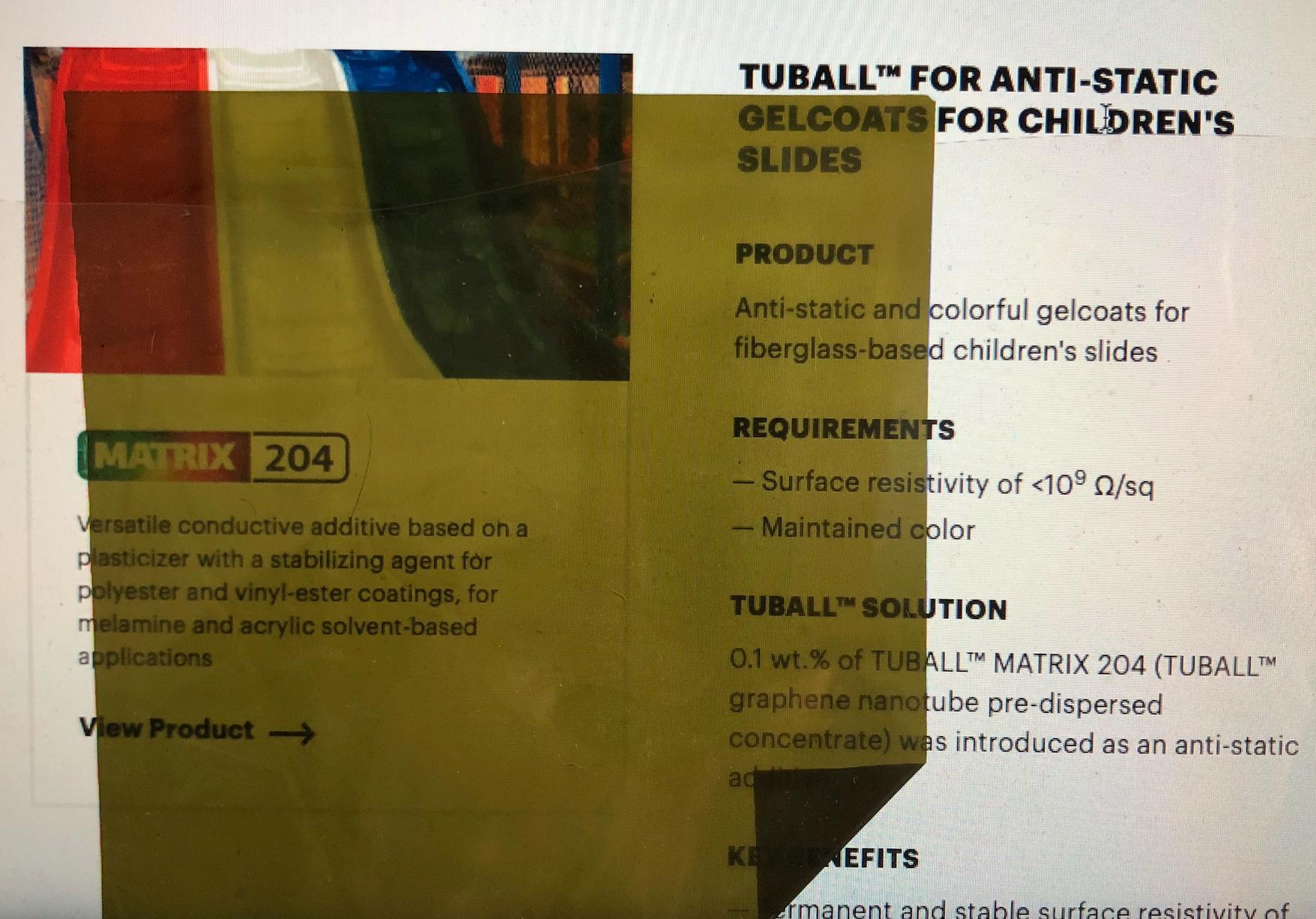- Electrically conductive polyimide (PI) film for printers enhanced with graphene nanotubes demonstrates excellent heat resistance, decreased weight, and good flexibility.
- Ultralow dosage of graphene nanotubes as a conductive filler makes it possible to maintain light color at low thickness and a smooth film surface without black dots.
- Such nanocomposite film can be used for friction units, including for operation under conditions of tribological contact, in such fields as printing, flexible electronics, tapes, labeling, and aerospace.
The polyimide films used for the rollers of industrial/office copiers and printers (fuser rollers for example) suffer from rapid wearing under high temperature and dry sliding friction conditions. Another challenge that occurs in this type of equipment is the formation of electrostatic charges caused by friction at high printing speed. All of these factors can lead to film deterioration, streaking, smudging, black lines, paper jams, or wrinkles. Product damage ultimately increases production costs, therefore manufacturers have to search for new advanced solutions, such as carbon black powder, which has traditionally been used as a conductive agent to eliminate the risk of ESD. But it shows drawbacks in most demanding applications.

Manufacturers of core components for laser composite machines and printers have developed a new high performance conductive polyimide film with graphene nanotubes with a thickness of <100µm. These advanced films offer an excellent balance of electrical, mechanical, physical, and chemical properties over a wide range of temperatures, extending the potential use of PI films to a broader range of applications. “The presence of graphene nanotubes in an ultralow dosage of 0.1–0.4 wt.% has a significant effect, offering useful properties – from anti-static to conductivity – while preserving key PI characteristics such as resistance to wear, mechanical properties, heat resistance, light weight, and flexibility,” said Zhan Chao, Sales Manager for Polymers, OCSiAl Asian Division.
The new nanocomposite film demonstrates a surface resistivity of 103–109 Ohm/sq with a smooth surface and yellow color without black dots. Thanks to a combination of both high manufacturability and cost-effectiveness, the PI-based film enhanced with graphene nanotubes has applications for use in printing systems or other equipment having high friction performance requirements. “Thanks to its unique properties, the conductive polyimide film has a potential application where reliable, durable performance is required, including flexible electronics, tapes, labeling, aerospace, and various other high heat applications,” said Dr. Christian Maus, Development and Support Leader for Thermoplastics, OCSiAl Group.
Learn more on graphene nanotubes for thermoplastics: tuball.com
